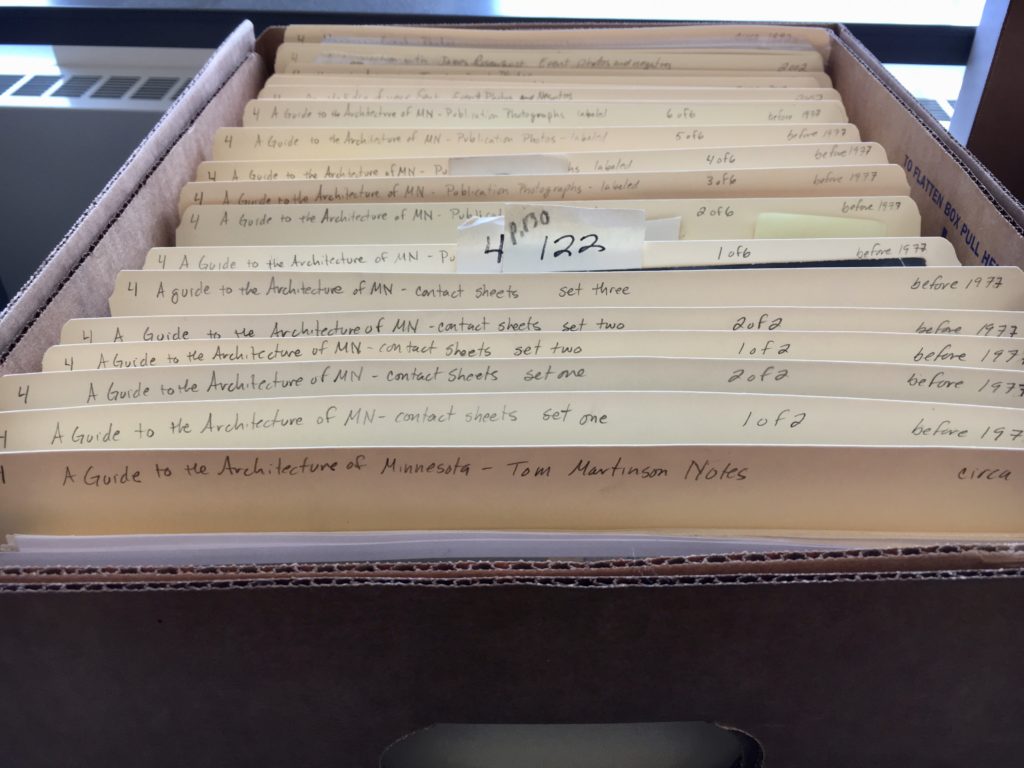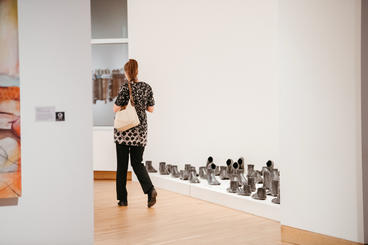It was a great day when I opened a banker box to find hundreds of glossy, black and white photos of buildings--I love the nostalgia of old photographs, I love how architecture can be a time capsule reflecting the sensibilities and priorities of a community at a particular point in time and I have a growing curiosity about what was here before. I was delighted to discover they are all photos of structures that exist(ed) in Minnesota. There are over 2800 2"x 2" contact prints of over 900 buildings and structures and more than 700 8" x 10" glossy photos. Given my job, naturally I ask: How are these connected to the University and the Weisman Art Museum (WAM) archives? Were they in an exhibition? For a catalog?
With a little digging I found the photos were included in the book A Guide to the Architecture of Minnesota, by David Gebhard and Tom Martinson and published by the U Press in 1977.
Based on the large amount of large format photos in the archives, I incorrectly expected this to be a coffeetable book. Instead, the book is small, thick and crammed with words in a small font.
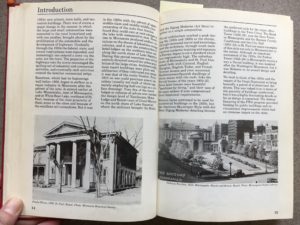
While the book is brimming with information, the pictures are tiny and surprisingly few. Here at the WAM Files, you get to enjoy a select few digital versions in comparatively glorious medium-high resolution! All the photos are believed to be taken in the mid-1970s by co-author Tom Martinson. The dates included on the labels usually refer to the construction dates of the buildings.
Mickey's Diner (below), now on the National Register of Historic Places. Circa 1977 (when 9 year olds could wander downtown St. Paul alone).
Cedar Square West (below), today known as Riverside Plaza, was designed by famed local architect Ralph Rapson who ran with the likes of Charles and Ray Eames, Harry Bertoia and Eero Saarinen. It is an icon of the Minneapolis skyline with its primary colored panels, located just outside Minneapolis' downtown district.
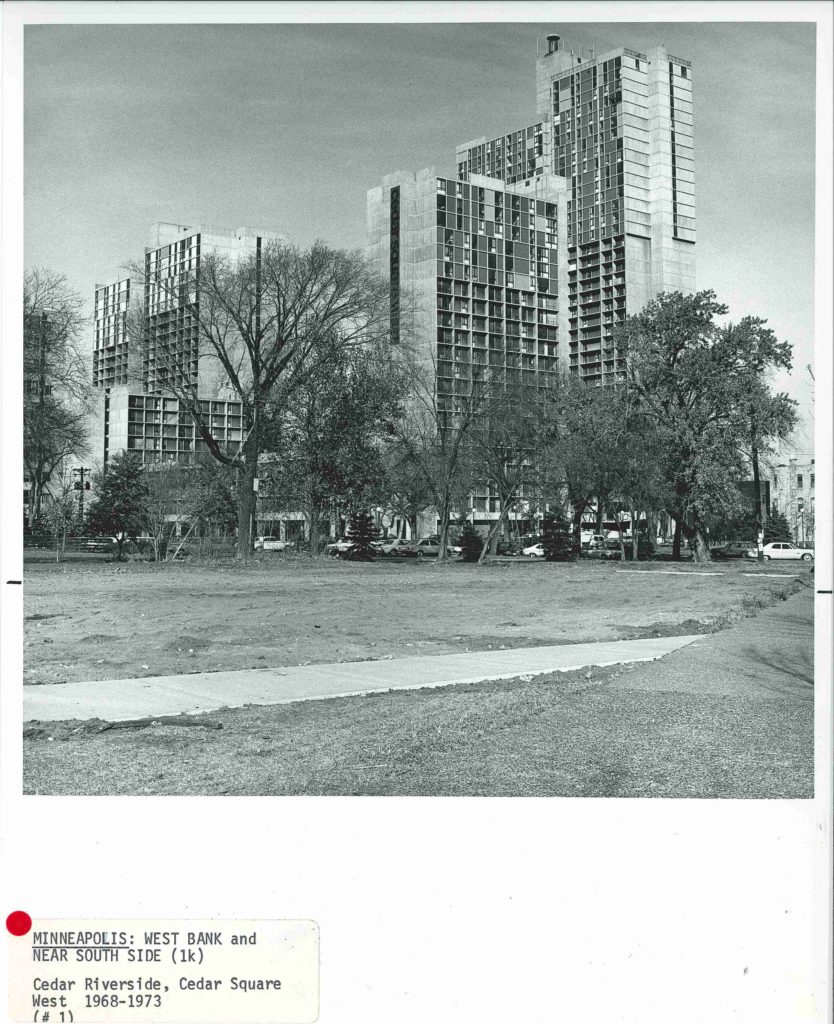
The Stone Arch Bridge (below), today a pedestrian bridge, was in use as a train bridge until at least 1978, just a year or so after this picture was taken.
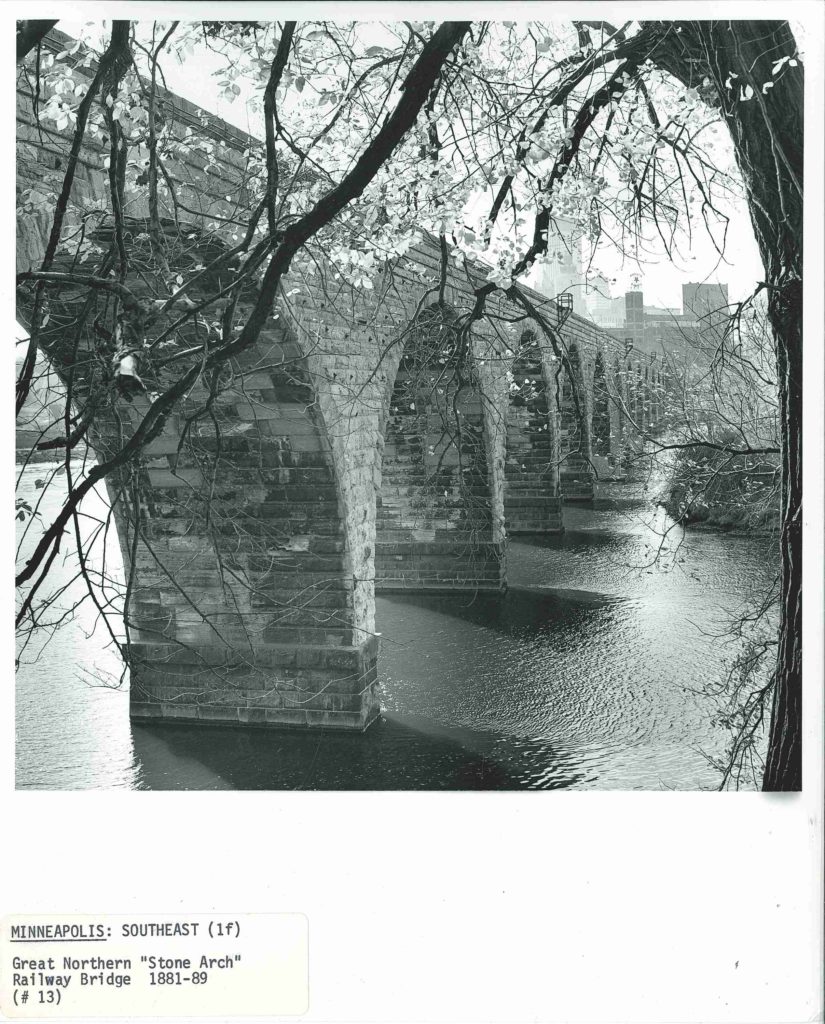
This view of the milling district (below) on the North side of the river is surprisingly similar today.
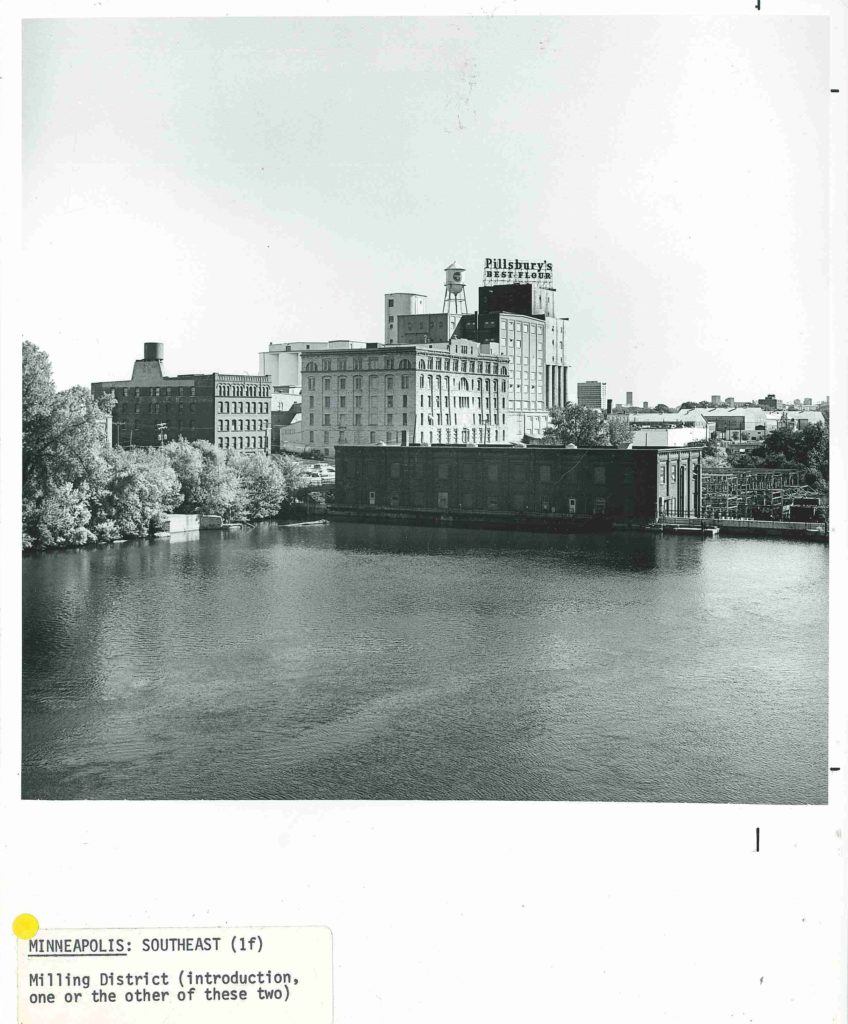
Minneapolis wouldn't be Minneapolis without Skyways (below). Minnesotans have come up with some pretty clever ways to adapt to winter-life here and Skyways have got to be one of my favorites. This shot was taken between the IDS tower and (I believe) the former Dayton's department store, crossing Nicollet Mall. Circa 1977.
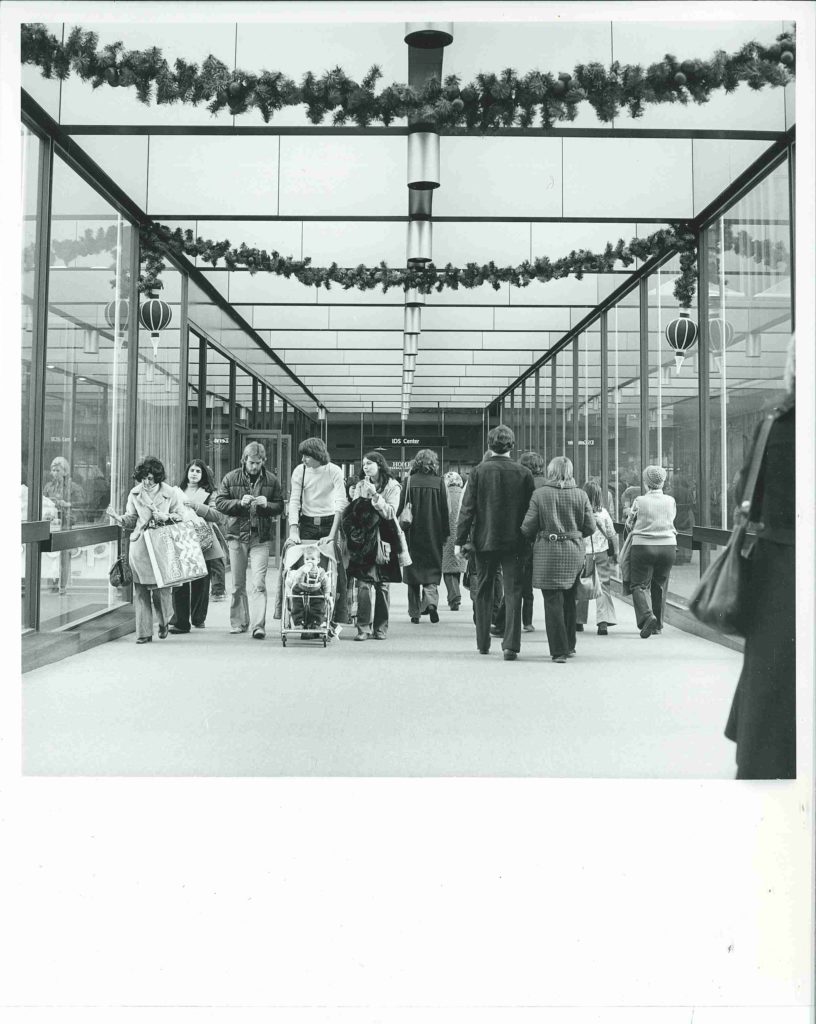
The shelter on the west side of Loring Park (below) is a far cry prettier today with fresh paint and a cupola restored.
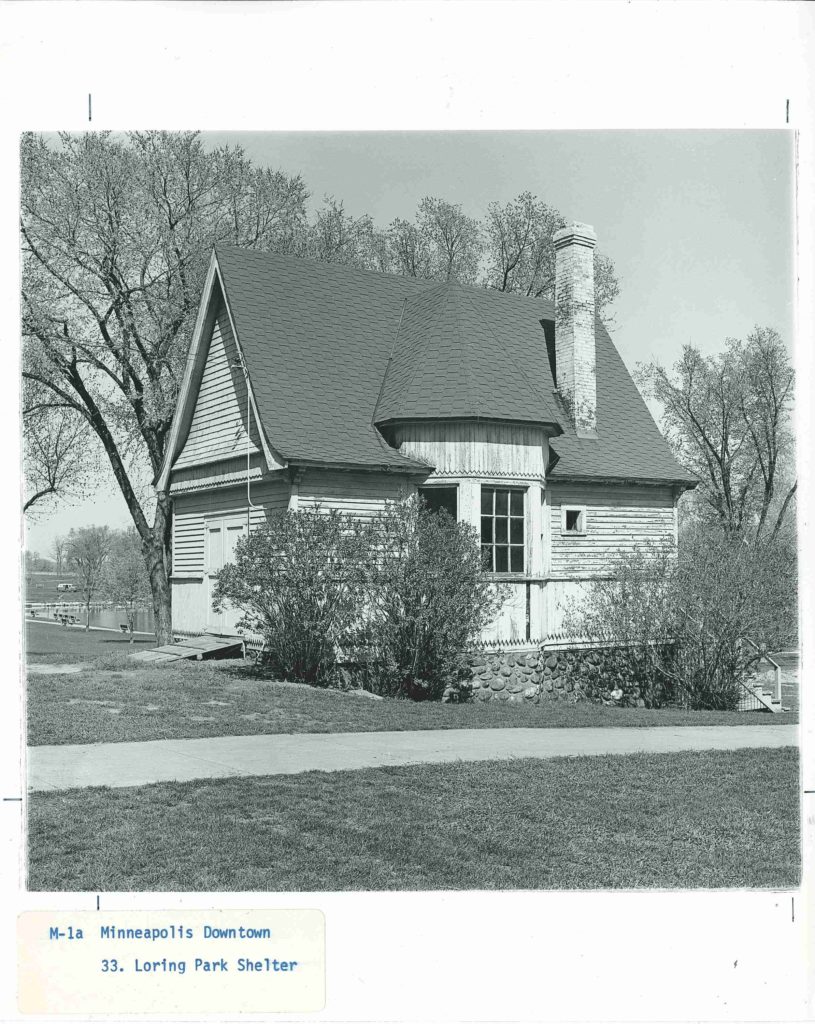
The ever-evolving Walker Art Center (below), designed by Edward Larrabee Barnes, opened in 1971 and shown here with two Alexander Calder sculptures, Spinner and Octopus.
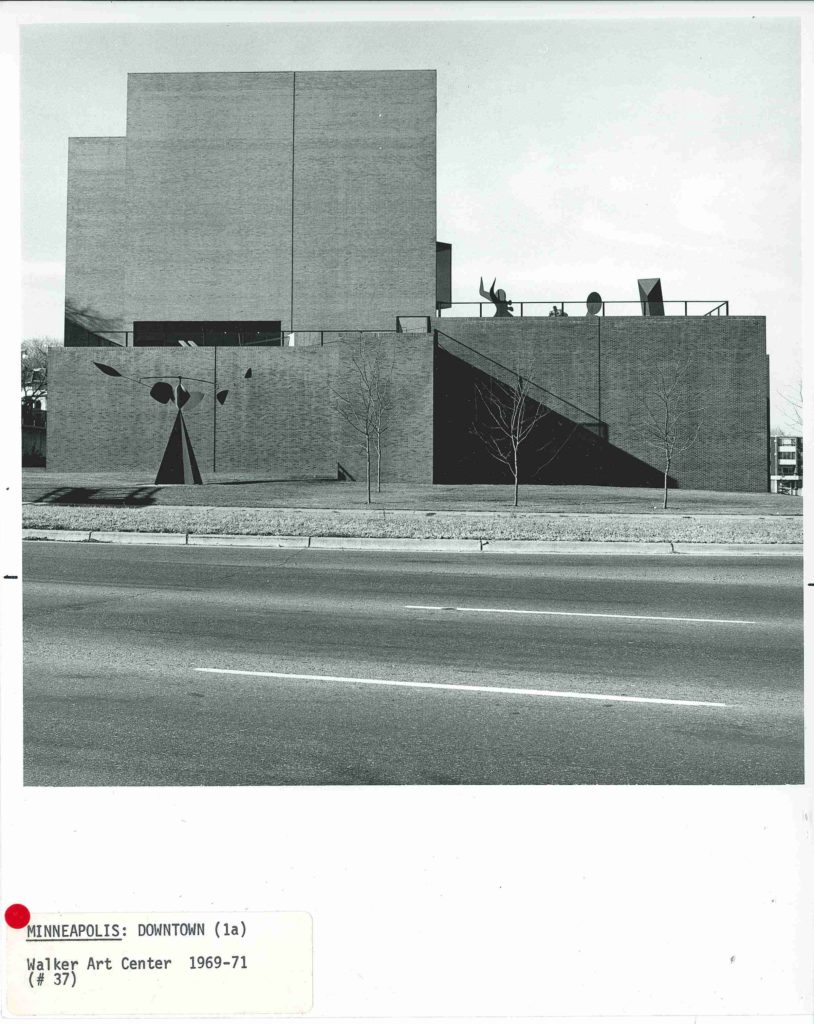
Modern Cleaner building (below) is today the Modern Times Cafe in south Minneapolis. You'll know it when you see it by its bright lime green and orange exterior.
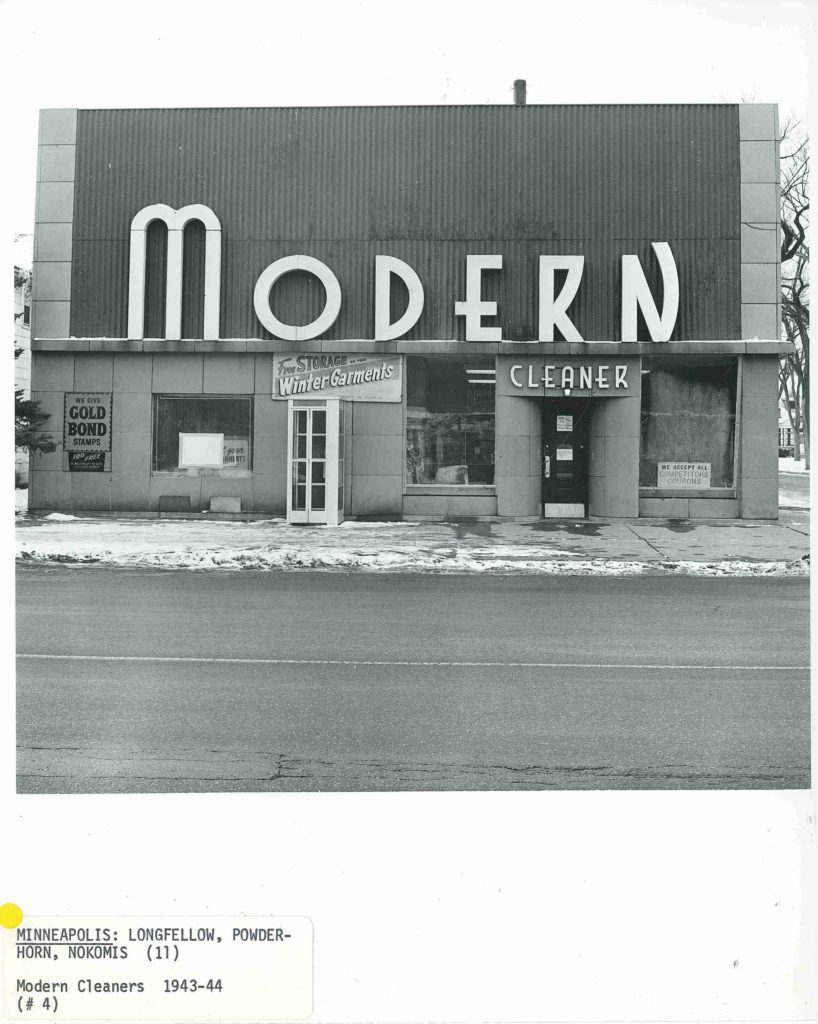
Mayflower Congregational Church on Diamond Lake Rd off of Highway 35 W, circa 1977. Today, this is The Museum of Russian Art.
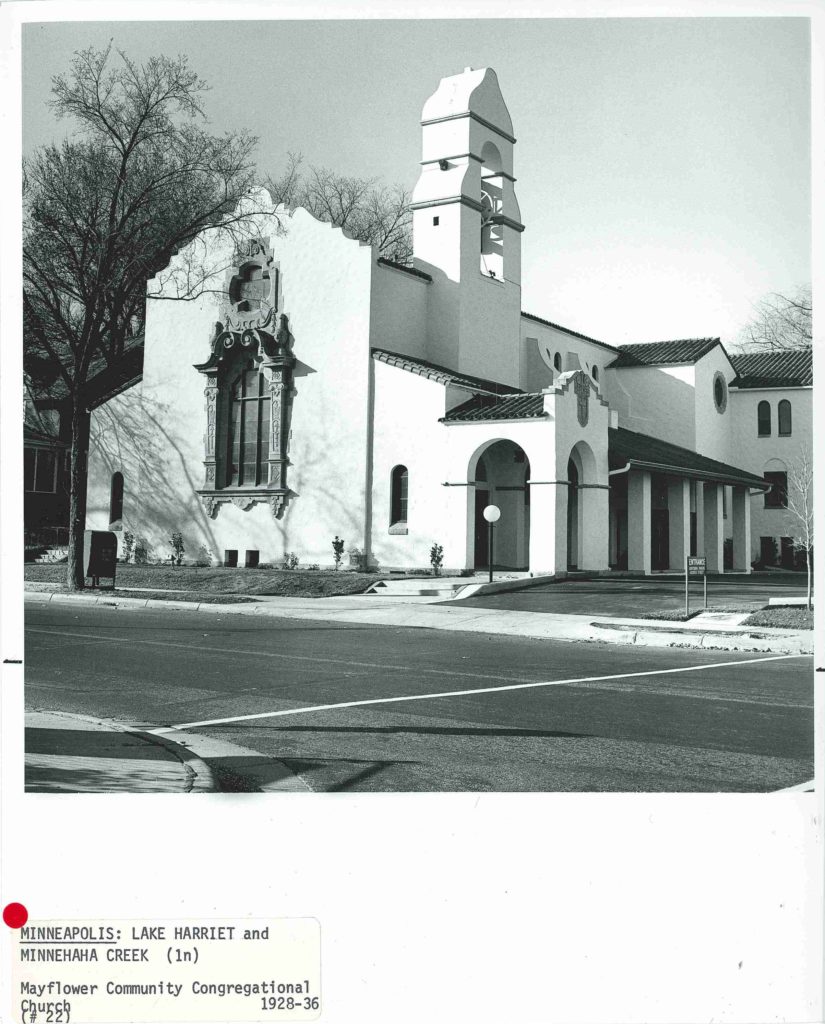
Southdale Shopping Center (bellow)was the first fully enclosed shopping mall in the nation. It was quite luxurious, complete with Harry Bertoia sculptures, at least one of which remains in the space today.
Is that a two-story bird cage?
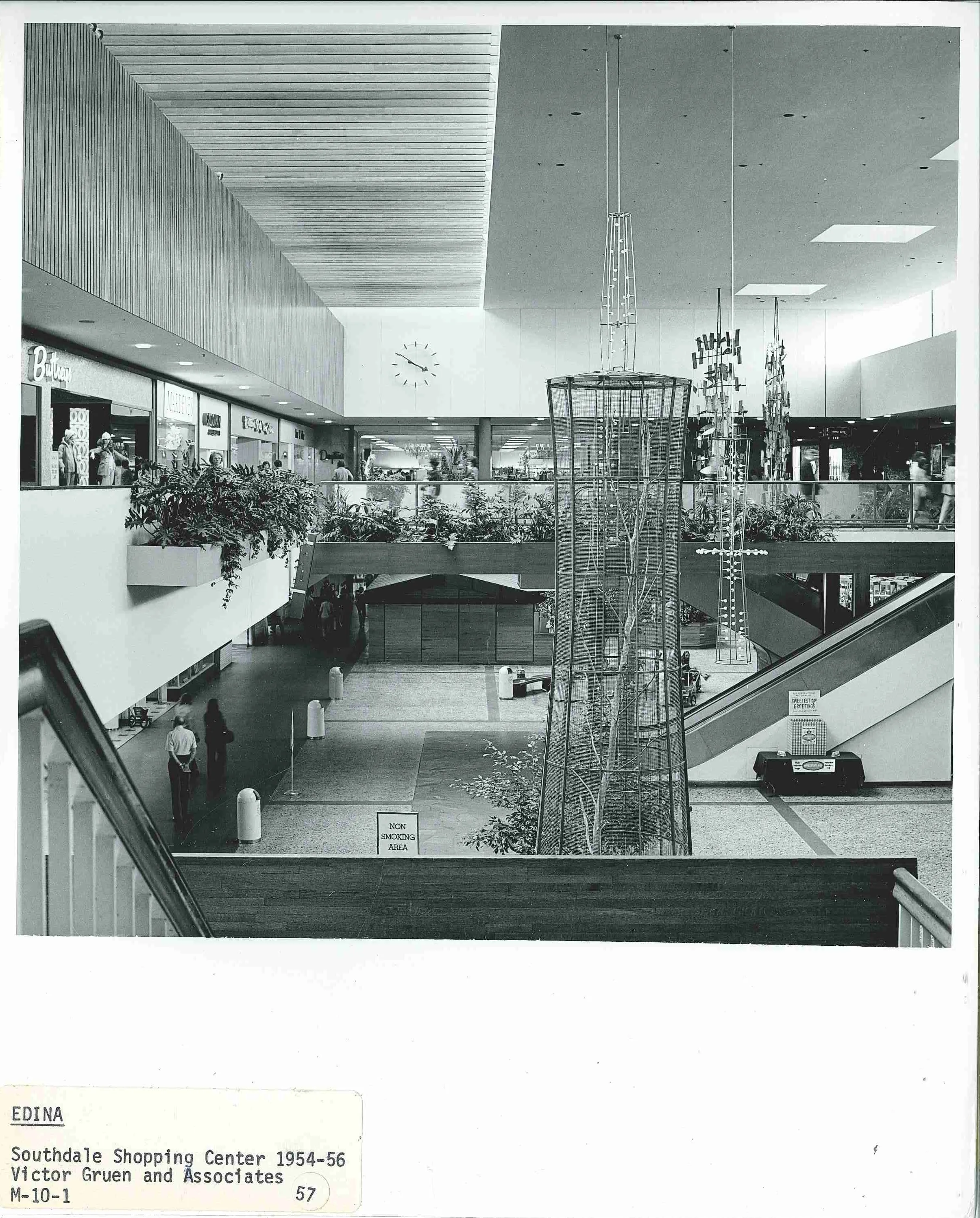
This is a fraction of the photos that seemed most familiar, but there were so many more. Hence, this is just the first of a few posts yet to come that will contain sculptures, architectural quirkiness, futuristic and brutalist buildings and more. Or if you'd rather, the photos and notes of co-author Tom Martinson are tidily awaiting your visit in box number 248.
